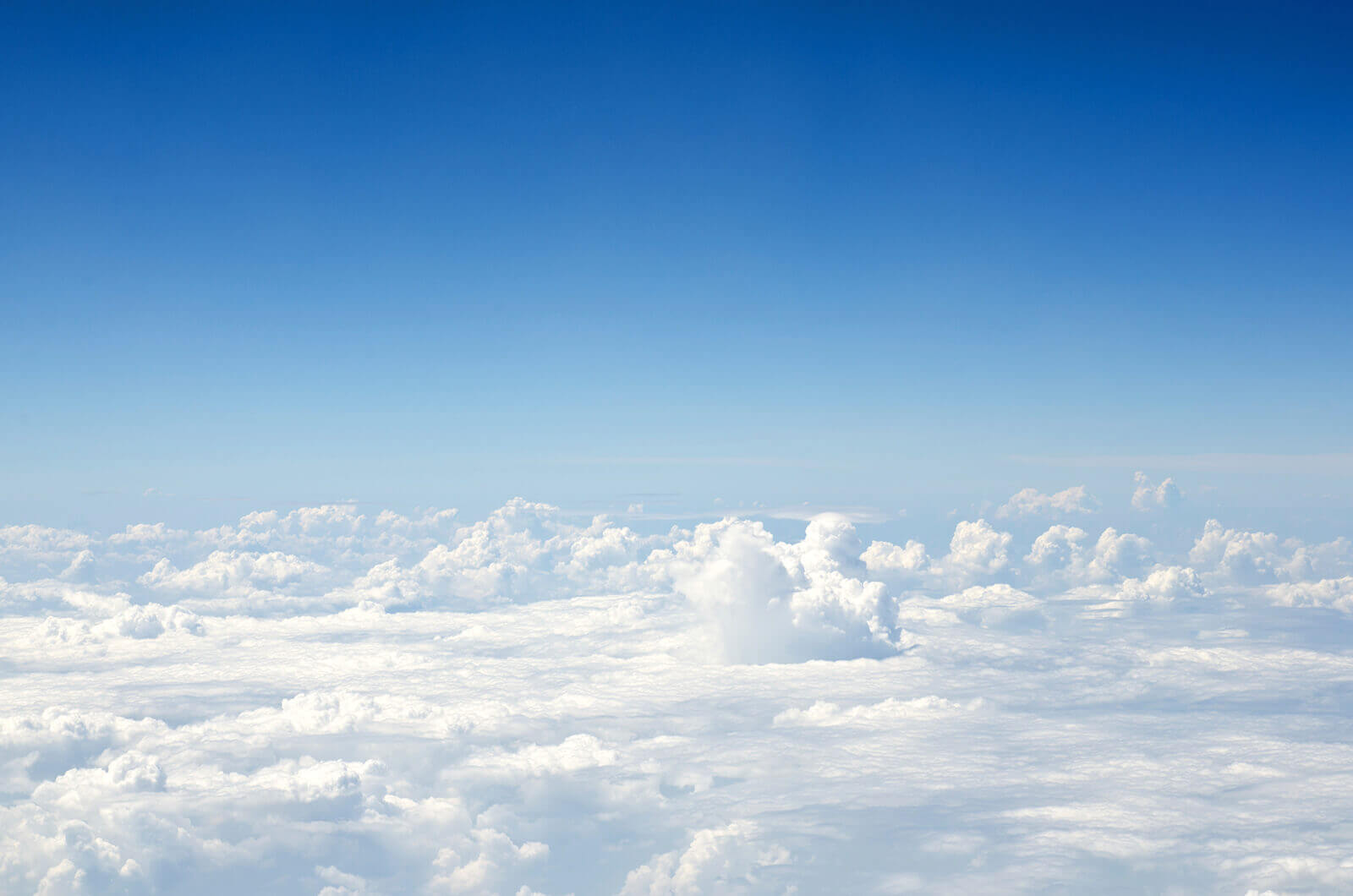
Cheap flights to Whakatane










Find cheap flights to Whakatane with Cheapflights
1. Tell us where you want to go
Enter your travel information like dates, passengers, trip type (one-way or round trip), and preferred cabin class then click “Find deals”2. Select your favorite providers
We find the providers serving your travel needs. Choose up to four travel providers to compare side-by-side for flights, hotels, or car rentals.3. Compare prices and book
Review each provider’s pricing and select the best option for you! Book through your favorite provider’s website for a seamless experience.Best time to book a flight to Whakatane
Have a flexible travel schedule? Discover the best time to fly to Whakatane with our price prediction graph.
Cheapflights Insights
Everything you need to know about your flight to Whakatane
Rainfall in Whakatane by month
In terms of precipitation, rainfall in Whakatane ranges from 2.8 - 5.1 inches per month. June is typically the wettest month, when rainfall can reach 5.1 in. March is typically the driest time to visit Whakatane when rainfall is around 2.8 in.
Temperature in Whakatane by month
If weather is an important factor for your trip to Whakatane, use this chart to help with planning. For those seeking warmer temperatures, January is the ideal time of year to visit, when temperatures reach an average of 66.2 F. Travelers looking to avoid the cold should look outside of June, when temperatures are typically at their lowest (around 48.2 F).
FAQs about flying to Whakatane
Getting around Whakatane, New Zealand
Whakatane offers public transportation but travelers should keep in mind that it is very limited. Still, tourists can travel to some of the area’s major destinations by public transportation. Renting a car is a much more convenient option when visiting Whakatane. In fact, many visitors prefer to join a tour group, which typically uses a private bus for transportation, and combine the experience with a rental car when exploring the city.
Getting from the Airport to the City
The city has its own small airport, Whakatane Airport (WHK), about six miles from the heart of the city. Although not an international airport, there are direct flights from Auckland and Wellington. Rental cars are available at the airport, as are shuttle services, but no public transport serves the area. Visitors will need to arrange for private transportation into the city.